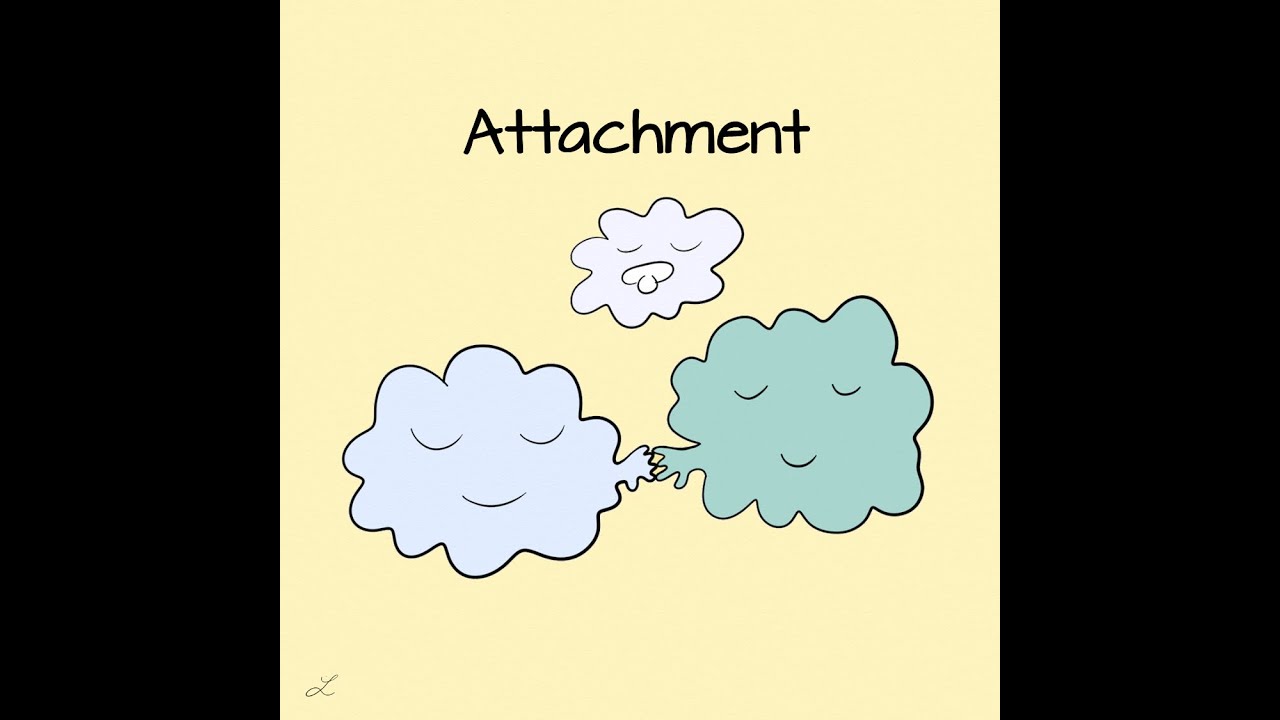Episode 5: Attachment—Such stuff as souls are made on
Description: Attachment
What constitutes our inner mental life is in large part based on our early relationship experiences. This principle of psychoanalytic thinking becomes particularly clear in the concept of attachment. Attachment describes the existential experience of emotional resonance and reassurance in relationships—or its fateful absence.
——————–
This podcast is a labor of love and pursues neither commercial nor institutional interests. Our goal is to make knowledge about mental illness, psychotherapy, and psychoanalysis freely accessible to all.
If you want to help us to create more content there are two possibilities to support us:
► Become a member on **Patreon**. As a thank you, you will receive the scripts to each episode: https://www.patreon.com/join/lives
► Make a donation via **Paypal**: https://www.patreon.com/join/lives
——————–
► Website: https://psy-cast.org/en/
► Facebook @UnconsciousLives: https://www.facebook.com/UnconsciousLives
► Twitter @LiveUnconscious: https://twitter.com/LiveUnconscious
► Instagram: https://www.instagram.com/lives_of_the_unconscious/
——————–
Literature Recommendations:
Bowlby, J. (1988). A Secure Base: Parent-Child Attachment and Healthy Human Development. London, UK: Tavistock/Routledge.
Bowlby, J. (1979). The Making and Breaking of Affectional Bonds. Lon-don: Tavistock.
Brisch, K (2012). Treating Attachment Disorders, Second Edition: From Theory to Therapy. New York: Guilford.
Cassidy, J. & Shaver, P.R. (2018). Handbook of Attachment. Third Edi-tion. Theory, Research, and Clinical Applications. New York: Guilford.
Crittenden, P.M. (2008). Raising Parents: Attachment, Parenting and Child Safety. London: Routledge.
Fonagy, P. & Target, M. (2007). The Rooting of the Mind in the Body: New Links Between Attachment Theory and Psychoanalytic Thought. Journal of the American Psychoanalytic Association. 55(2):411-56.
Fonagy P, Luyten P. A developmental, mentalization-based approach to the understanding and treatment of borderline personality disorder. Dev Psy-chopathol. 2009 Fall;21(4):1355-81.
Gerin, M.I., Hanson, E., Viding, E., McCrory, E.J. (2019). A review of childhood maltreatment, latent vulnerability and the brain: implications for clinical practice and prevention. Adoption and Fostering, 43 (3), 310–28.
Grossmann, K.E. und Grossmann, Karin (2020). Universal and culturally specific aspects of sensitive responsiveness to young children. Attachment & Human Development, Published online: 29 Mar 2018
Grossmann, K., Grossmann, K.E., Kindler, H., & Zimmermann, P. (2008). A wider view of attachment and exploration: The influence of mothers and fathers on the development of psychological security from infancy to young adulthood. In J. Cassidy & P. R. Shaver (Eds.), Handbook of attachment: Theory, research, and clinical applications. 2nd Ed., Chapter 36 (pp. 857-879). New York: Guilford Press.
Main M, Cassidy J (1988). “Categories of response to reunion with the par-ent at age 6”. Developmental Psychology. 24 (3): 415–426.
Solomon, J. & George, C. (1999). Attachment Disorganization. New York: Guilford.
Teicher, M. H. (2000): Wounds that time won’t heal: The neurobiology of child abuse. Cerebrum, 4, 50-67.
——————–
Speakers: Rebecca Dyson-Smith & Soliman Lawrence
Translation: Soliman Lawrence
Written and produced by Dr. Cécile Loetz & Dr. Jakob Johann Müller
contact: lives@psy-cast.org
#Psychoanalysis #Attachment #Psychotherapy












